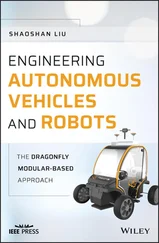Table 2.1 Regulation for LAP deployment of UAVs in different countries.
| Country |
Maximum altitude (m) |
Minimum distance to humans (m) |
Minimum distance to airport (km) |
| US |
122 |
— |
8 |
| UK |
122 |
50 |
— |
| Chile |
130 |
36 |
— |
| Australia |
120 |
30 |
5.5 |
| South Africa |
46 |
50 |
10 |
For time‐sensitive applications such as emergency services, LAPs are more appropriate then HAPs due to their rapid deployment, quick mobility, and cost‐effectiveness. Furthermore, LAPs can be used for collecting sensor data from the ground. In this case, LAPs can be readily replaced or recharged as needed. In contrast, HAPs are preferred due to their long endurance (days or months) operations and wider ground coverage [1]. However, operational cost of HAPs is high and their deployment time is significantly longer.
UAV can also be categorized based on their structure into rotary‐wing and fixed‐wing UAVs. Rotary‐wing UAVs are powered by rotating blades, and based on the number of blades they are termed as either quadcopter with four blades, hexacopter with six blades, or octocopter with eight blades. On the other hand, fixed‐wing UAVs include those that are driven by propellers with small size engine and have wings that are fixed. However, the flight time of UAVs relies on several key factors, such as type, weight, speed, energy sources (battery or engine), and trajectory of the UAV.
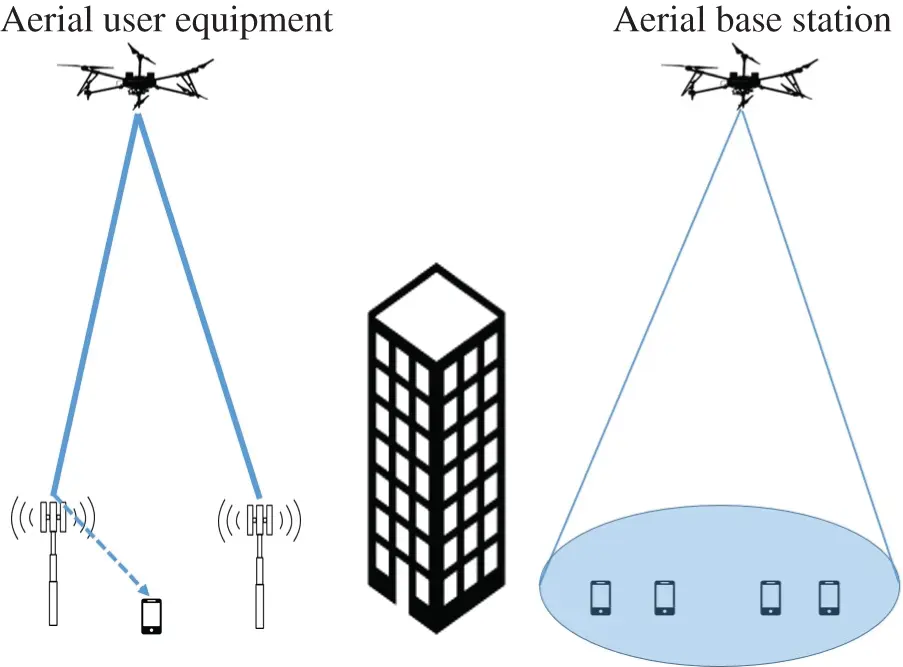
Figure 2.1 Aerial user equipment and aerial base station.
2.3 UAV‐Enabled Wireless Communication
UAVs can operate as aerial UE as shown in Figure 2.1. For example, aerial surveillance can be a cost‐effective solution to provide access to those terrains that may be difficult to reach by humans in land vehicles. In this case, UAVs equipped with camera and sensors are used to gather video recordings and live images of a specific target on the ground and data from the sensor. Thereafter, the UAV has to coordinate with the ground user via existing cellular infrastructure and transfer the collected information with certain reliability, throughput, and delay while achieving the QoS requirements. The first scenario in Figure 2.1(left side) requires a better connectivity between the aerial UE and at least one of the BSs installed typically at the ground. However, a performance drop is expected in the presence of aerial BSs acting as interferers. Moreover, the coexistence between the aerial UE, terrestrial UE, and the cellular infrastructure has to be studied.
On the other hand, UAVs provide power efficiency and mobility to deploy as aerial BS in the future wireless networks. In this case, the mobility of UAV can dynamically provide additional on‐demand capacity. This advantage of UAV‐enabled network can be exploited by service providers for densification of network, temporary coverage of an area, or quick network deployment in an emergency scenario. Moreover, localization service precision can be improved due to the favorable propagation conditions between the UAV and the ground user. The second scenario in Figure 2.1(right side) requires a better link between one of the multiple aerial BSs and all the terrestrial UEs. In comparison with fixed BSs, the aerial BSs are capable of adjusting their altitude to provide good LoS propagation. However, the key challenge in this scenario is the optimum placement of aerial BSs to maximize the ground coverage for higher achievable throughput.
2.4 Channel Modeling in UAV Communications
In wireless communications, the propagation channel is the free space between the transmitter and the receiver. It is obvious that the performance of wireless networks is influenced by the characteristics of the propagation channel. Therefore, knowledge of wireless channels is pertinent in designing UAV‐enabled networks for future wireless communication. Furthermore, the characterization of radio channel and its modeling for UAV network architecture are crucial for the analysis of network performance.
Majority of the channel modeling efforts is devoted to the terrestrial radio channel with fixed infrastructure. However, these channel models may not be completely suitable for wireless communication using UAVs because of their mobility and small size. The AG channel between the UAV and the ground user implies higher link reliability and requires lower transmission power due to the higher probability of LoS propagation. In the case of NLoS, power variations are more severe because the ground‐based side of the AG link is surrounded by obstacles that adversely affect the propagation. Figure 2.2depicts the AG propagation channel and shows the distinction between LoS and NLoS components of the channel, with  being the propagation distance. Furthermore, temporal variations and the Doppler shift are caused by the UAV mobility. As a result, the arbitrary UAV mobility pattern and operational environment are challenges in modeling the AG channel. Apart from the AG propagation channel, other factors such as airframe shadowing and on‐board antenna placement and characteristics can influence the received power strength.
being the propagation distance. Furthermore, temporal variations and the Doppler shift are caused by the UAV mobility. As a result, the arbitrary UAV mobility pattern and operational environment are challenges in modeling the AG channel. Apart from the AG propagation channel, other factors such as airframe shadowing and on‐board antenna placement and characteristics can influence the received power strength.
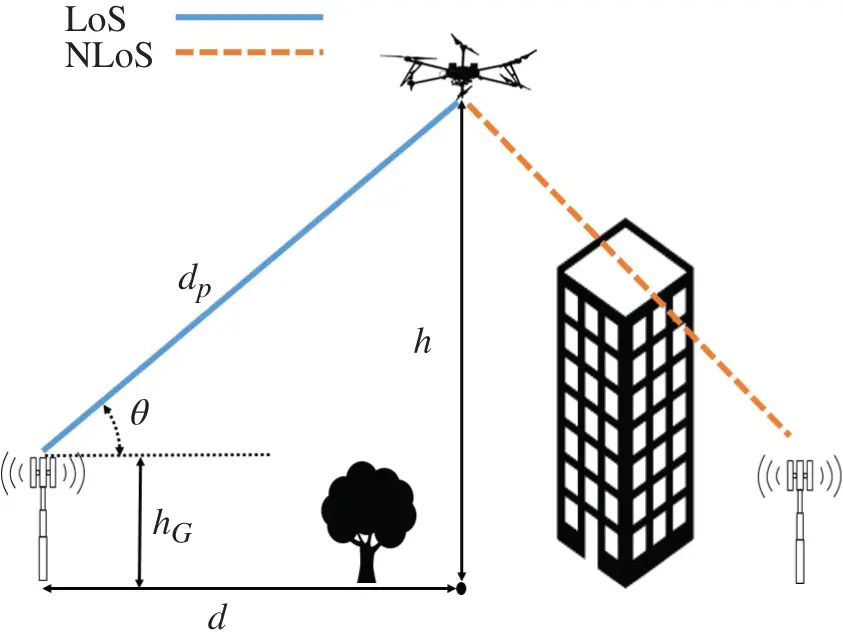
Figure 2.2 Air‐to‐ground propagation in UAV‐assisted cellular network.
In addition, AA channels between airborne UAVs mostly experience strong LoS similar to the high‐altitude AG channels. However, Doppler shift is higher because UAV mobility is significantly higher and it is difficult to maintain alignment between multiple UAVs.
Accurate AG and AA propagation channel models are imperative for the optimal deployment and the design of the UAV communication networks. This section will discuss recent efforts in the modeling of AG and AA propagation channels.
In wireless communications, several propagation phenomena occur when electromagnetic waves radiate from the transmitter in several directions and interact with the surrounding environment before reaching the receiver. As shown in Figure 2.3, propagation phenomena such as reflection, scattering, diffraction, and penetration occur due to the natural obstacles and buildings, which provoke the multiple realization of the signal transmitted from the UAV, often known as multipath components (MPC). Thus, each component received at the receiver with different amplitude, phase, and delay, and the resultant signal is a superposition of multiple copies of the transmitted signal, which can interfere either constructively or destructively depending on their respective random phases [6]. Typically, several fading mechanisms are added linearly in dB to represent the radio channel as
(2.1) 
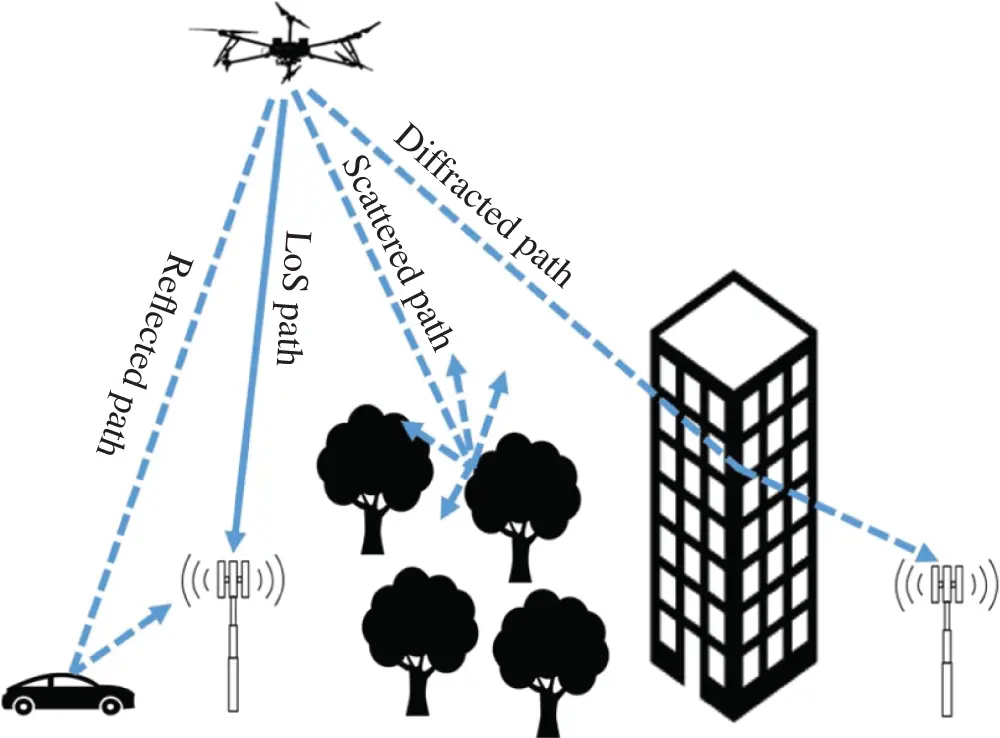
Figure 2.3 Multipath air‐to‐ground propagation in urban setting.
Читать дальше
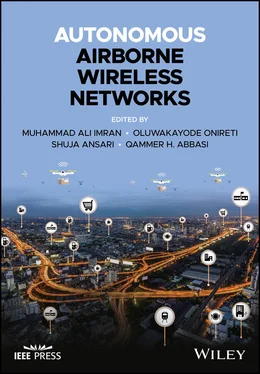

 being the propagation distance. Furthermore, temporal variations and the Doppler shift are caused by the UAV mobility. As a result, the arbitrary UAV mobility pattern and operational environment are challenges in modeling the AG channel. Apart from the AG propagation channel, other factors such as airframe shadowing and on‐board antenna placement and characteristics can influence the received power strength.
being the propagation distance. Furthermore, temporal variations and the Doppler shift are caused by the UAV mobility. As a result, the arbitrary UAV mobility pattern and operational environment are challenges in modeling the AG channel. Apart from the AG propagation channel, other factors such as airframe shadowing and on‐board antenna placement and characteristics can influence the received power strength.










